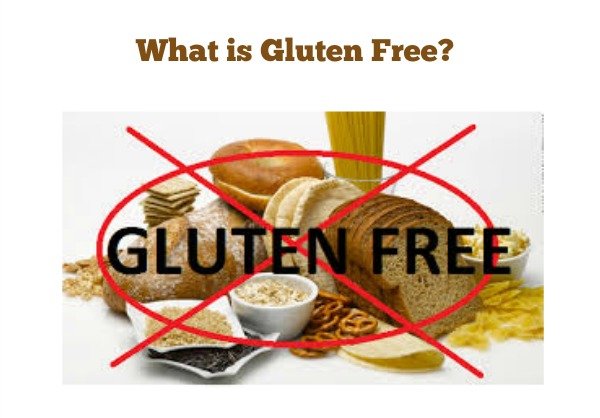Written by: Wallace Merriman

In recent years, we’ve all heard a lot about foods and products that are gluten-free. But with all the media hype, and diverse input from friends and family, it’s hard to know what’s fact or fiction — or whether all those gluten-free products in the store really matter. So Nutrilite has rounded up some important, gluten-free basics to keep you in the loop!
What is gluten?
Gluten is a mixture of proteins that are found naturally in certain grains — specifically wheat, barley, and rye (and related crossbreeds of these grains). It’s the stuff that helps breads and cakes rise while they’re baking, and it gives bread its nice, chewy texture.
Why does gluten matter?
A small percentage of people have health conditions that make them intolerant to gluten. Some have allergies or sensitivities to gluten, with symptoms that can range from digestive upset and bloating, to irritability and depression.
And then there is celiac disease.
How is celiac disease unique?
Celiac disease can be even more serious. This autoimmune disease causes damage to the stomach lining when gluten is ingested. When this happens, the body does not properly absorb necessary nutrients. Without care, this damage can increase a person’s risk of anemia, osteoporosis, intestinal cancer, and other illnesses.
According to the Celiac Disease Foundation (CDF), the only treatment is to eat a diet that is free of gluten. That means avoiding it in food, beverages, nutritional supplements, and more.
What qualifies as a “gluten-free” product?
Many foods are naturally gluten-free — like fresh produce, fish, and meats. However, when it comes to seasonings, prepared meals, and anything else that is ingested, those with celiac or a gluten intolerance need to be more cautious.
To help, the FDA has devised a labeling standard for packaged products. As long as the item contains less than 20 ppm (parts per million) of gluten, it can be labeled as “gluten-free.” This is the lowest level that can be consistently tested for, and is a small enough amount that those with celiac disease can generally tolerate it.
How do I know if I need to eat a gluten-free diet?
You should always consult your physician for help with any diagnosis. According to the CDF, there are multiple steps involved in getting a definitive diagnosis of celiac disease. If you experience symptoms like these when you eat breads, cakes, pastas, and other foods containing gluten, consult with your doctor:
- Abdominal Pain
- Anxiety
- Bloating and other digestive issues
- Brain Fog
- Headaches
- Nausea or vomiting
Your doctor may have you take an initial blood test to look for common celiac indicators, or may ask you to avoid gluten-containing foods and products, to see if your symptoms are alleviated. Additional testing may also be done depending on your results, to verify your diagnosis.
By Neely Adkins
Learn more
Learn about celiac disease and gluten-free eating from the Celiac Disease Foundation.
